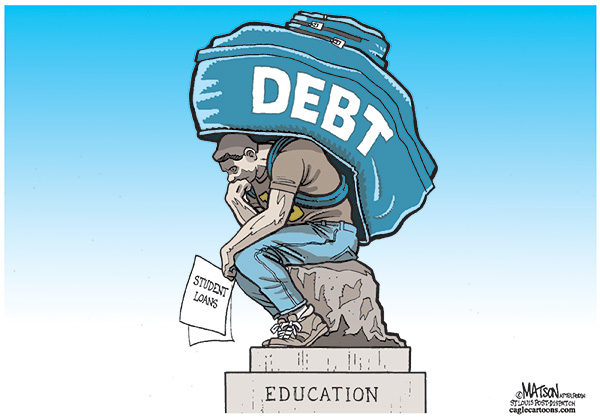Universities haven’t changed for a thousand years and offer very little flexibility to students. It’s a one-size-must-fit-all system. Students need flexibility in what they learn, how they learn, when they learn, how fast or slow they learn, and how much or how little they spend on learning.





